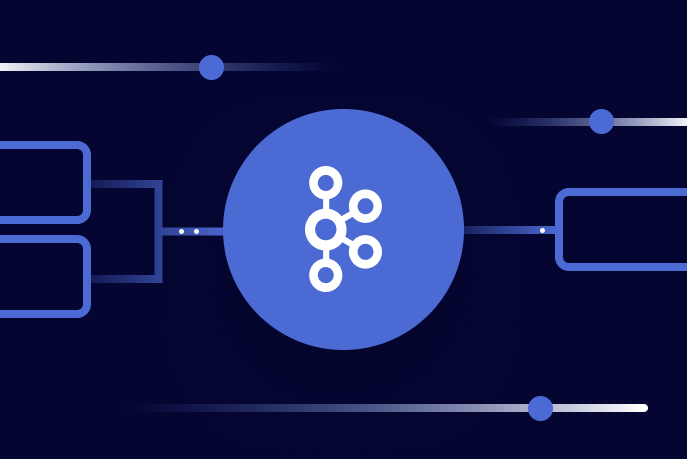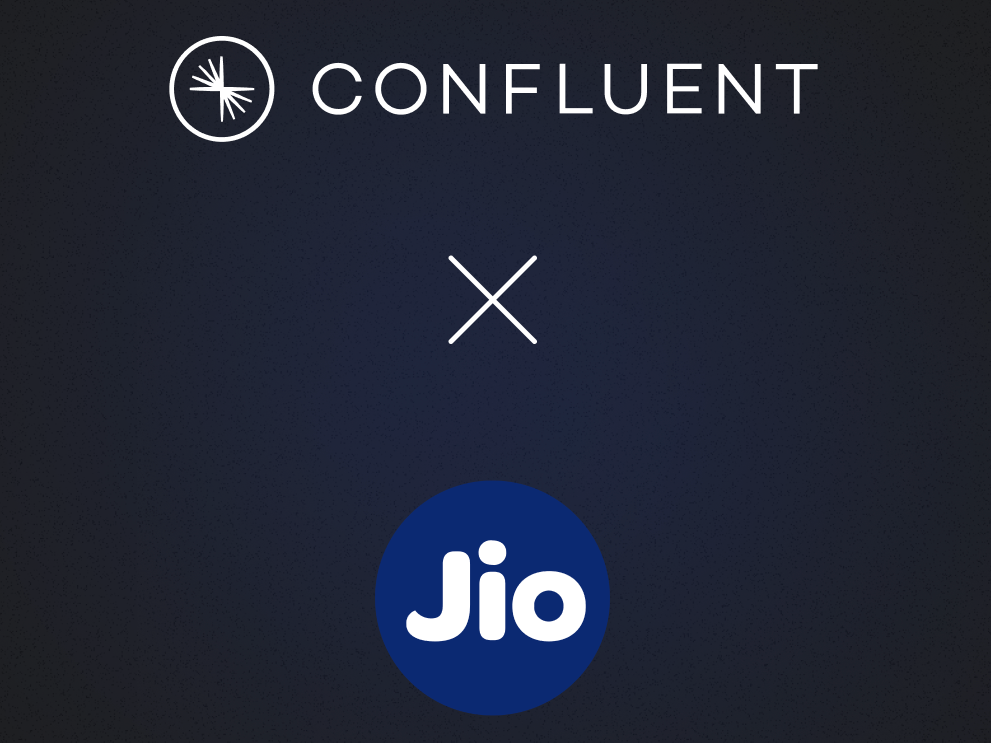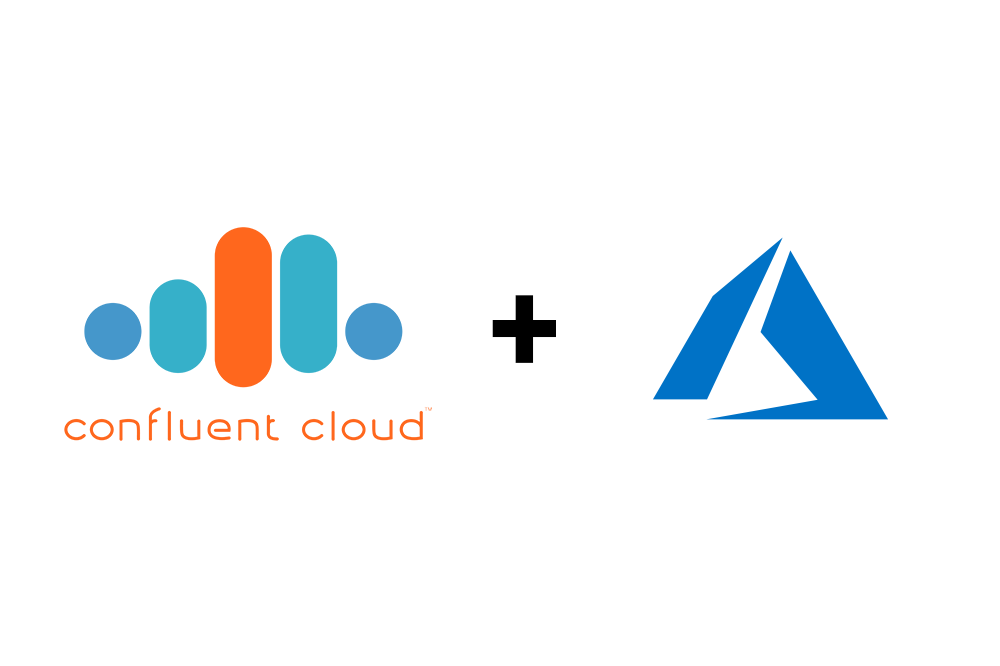[Webinar] How to Implement Data Contracts: A Shift Left to First-Class Data Products | Register Now
Technology
Data Products, Data Contracts, and Change Data Capture
Change data capture is a popular method to connect database tables to data streams, but it comes with drawbacks. The next evolution of the CDC pattern, first-class data products, provide resilient pipelines that support both real-time and batch processing while isolating upstream systems...
Unlock Cost Savings with Freight Clusters–Now in General Availability
Confluent Cloud Freight clusters are now Generally Available on AWS. In this blog, learn how Freight clusters can save you up to 90% at GBps+ scale.
Contributing to Apache Kafka®: How to Write a KIP
Learn how to contribute to open source Apache Kafka by writing Kafka Improvement Proposals (KIPs) that solve problems and add features! Read on for real examples.
Unlocking Real-Time Analytics on AWS With Tableflow, Apache Iceberg™, and the AWS Glue Data Catalog
Existing Confluent Cloud (CC) AWS users can now use Tableflow to easily represent Kafka topics as Iceberg tables and then leverage AWS Glue Data catalog to power real-time AI and analytics workloads.
Confluent Deepens India Commitment With Major Expansion on Jio Cloud
Confluent Cloud is expanding on Jio Cloud in India. New features include Public and Private Link networking, the new Jio India Central region for multi-region resilience, and streamlined procurement via Azure Marketplace. These features empower Indian businesses with high-performance data streaming.
Unlock the Power of Your Data Warehouse: Introducing the Snowflake Source Connector for Confluent Cloud
Confluent's new fully managed Snowflake Source connector eliminates operational overhead and transforms static Snowflake warehouse data into real-time operational insights for personalization engines, dashboards, and microservices architectures.
Event-Driven AI Agents: Why Flink Agents Are the Future of Enterprise AI
Explore how Flink Agents redefine enterprise AI with real-time data, event-driven processing, and scalable autonomy—built for the future of AI workflows.
From Pawns to Pipelines: Stream Processing Fundamentals Through Chess
We will use Chess to explain some of the core ideas behind Confluent Cloud for Apache Flink. We’ve used the chessboard as an analogy to explain the Stream/Table duality before, but will expand on a few other concepts. Both systems involve sequences, state, timing, and pattern recognition and...
Developer Experience in the Age of AI: Developing a Copilot Chat Extension for Data Streaming Engineers
AI is bringing changes in developer experience… we shared what we learned in this article about creating our new GitHub Copilot chat extension for data streaming engineers.
Confluent and Amazon EventBridge for Broad Event Distribution
Learn how to stream real-time data from Confluent to AWS EventBridge. Set up the connector, explore use cases, and build scalable event-driven apps.
Streamlining Your Workflow – Confluent Cloud Console Feature Roundup
Using Confluent Cloud Console can help operators and developers better understand their Confluent Cloud Kafka clusters, topics and clients. Explore the key improvements with practical examples, highlighting the tangible benefits you can expect, from increased efficiency to better decision-making.
New With Confluent Platform 8.0: Stream Securely, Monitor Easily, and Scale Endlessly
This blog announces the general availability (GA) of Confluent Platform 8.0 and its latest key features: Client-side field level encryption (GA), ZooKeeper-free Kafka, management for Flink with Control Center, and more.
The Easiest Way to Power Real-Time AI: Confluent Announces Delta Lake Support & Unity Catalog Integration for Tableflow
Existing Confluent Cloud (CC) Databricks users can now use Tableflow to easily represent Kafka topics as Delta Lake tables and then leverage Databricks Unity Catalog to power real-time AI and analytics workloads.
Unlocking Real-Time Analytics With Confluent Tableflow, Apache Iceberg™, and Snowflake
Existing Confluent Cloud (CC) Snowflake users can now use Tableflow to easily represent Kafka topics as Iceberg topics and then leverage Snowflake Open Catalog to power real-time AI and analytics workloads.
Introducing KIP-848: The Next Generation of the Consumer Rebalance Protocol
Big news! KIP-848, the next-gen Consumer Rebalance Protocol, is now available in Confluent Cloud! This is a major upgrade for your Kafka clusters, offering faster rebalances and improved stability. Our new blog post dives deep into how KIP-848 functions, making it easy to understand the benefits.
How to Query Apache Kafka® Topics With Natural Language
The users who need access to data stored in Apache Kafka® topics aren’t always experts in technologies like Apache Flink® SQL. This blog shows how users can use natural language processing to have their plain-language questions translated into Flink queries with Confluent Cloud.
Confluent Releases Managed V2 Connector for Apache Kafka® for Azure Cosmos DB
Announcing the GA of Confluent’s fully-managed Kafka Connector V2 for Azure Cosmos DB—now available in Confluent Cloud. Seamlessly stream real-time data to and from Cosmos DB with improved scalability, performance, and simplified setup.













